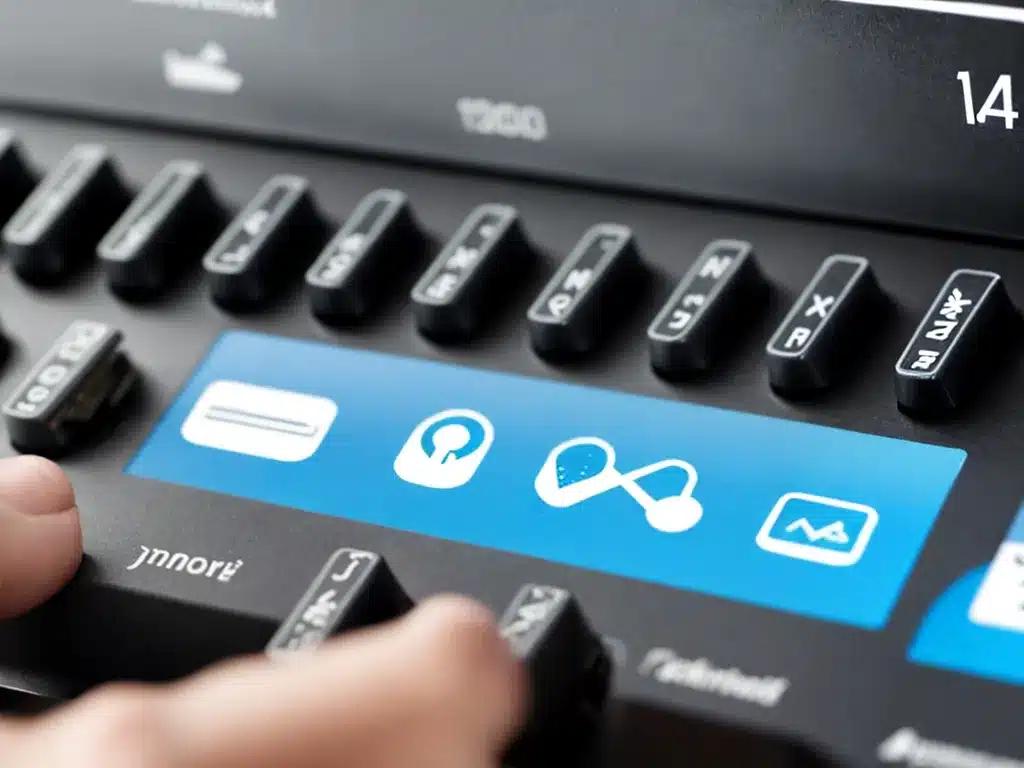
I know how frustrating it can be to deal with slow internet speeds. As someone who works from home and relies on a fast, stable internet connection, I’ve spent a lot of time researching and troubleshooting ways to optimize my internet performance. Here are my top tips for fixing slow internet speeds:
Test Your Internet Speed
The first step is to get a sense of your current internet speeds using an online speed test. This will tell you your download and upload speeds in Mbps (Megabits per second). I recommend using a wired Ethernet connection for the most accurate results.
Run speed tests at multiple times of day to account for network congestion. Ideally, you want download speeds above 25 Mbps and upload speeds above 3 Mbps for HD streaming and video calls. If your speeds fall below those thresholds, read on for ways to boost performance.
Check Your Equipment
Old, outdated networking equipment like routers and modems can bottleneck your internet speeds. I recommend upgrading your equipment every 3-5 years at minimum.
Invest in a DOCSIS 3.1 modem if your plan is above 100 Mbps. This newer standard unlocks faster multi-gigabit speeds. A dual or tri-band WiFi 6 router is also ideal for reducing congestion and maximizing wireless throughput. Mesh systems help blanket large homes with strong WiFi coverage.
Be sure to update your router’s firmware regularly. Outdated firmware can negatively impact performance and security.
Eliminate Interference
Radio frequency interference can grind WiFi speeds to a halt. Position your router centrally in your home, away from devices like cordless phones, baby monitors, microwaves, and Bluetooth speakers.
WiFi extenders and too many devices on one band can also clutter the airwaves. Use Ethernet backhaul for extenders and distribute devices evenly across bands to prevent congestion. Switch devices to 5 GHz for faster speeds over short distances.
Contact Your Internet Service Provider (ISP)
If your speeds are consistently below what you’re paying for, contact your ISP. They can troubleshoot connectivity issues and dispatch a technician if needed.
Throttling and congestion on the ISP’s network infrastructure are common speed limiting factors. Your ISP can optimize routing paths and capacity at junction points.
Upgrading to a faster internet plan is worthwhile if you need more bandwidth for smart home devices, 4K streaming, gaming, and working from home. Discuss new promotional pricing and speed tiers with your provider.
Tweak Your Computer Settings
There are a few quick computer tweaks that can eke out speed boosts:
- Update network adapter drivers
- Disable bandwidth-hungry background processes
- Prioritize your device with Quality of Service (QoS) settings
- Use Ethernet instead of WiFi when possible
- Set DNS servers to faster alternatives like Google (8.8.8.8) or Cloudflare (1.1.1.1)
Test From Multiple Devices
Run speed tests on multiple wired and wireless devices to pinpoint any problem devices or WiFi dead zones.
If speeds are consistently slow on all devices, the issue is likely on your router, modem, or ISP’s end. But if only certain devices are affected, WiFi card limitations or congestion could be the culprit.
Isolate and troubleshoot individual devices showing much slower speeds than others to identify any unique issues impacting their connectivity.
Contact Your Cellular Provider (for mobile internet)
If you rely on cellular data for internet access, check coverage maps for your carrier and device. Contact them to ensure you have an active LTE/5G data plan using the latest SIM card.
Restrict background mobile data usage to prevent congestion. Enable WiFi calling and WiFi assist features to offload traffic onto WiFi networks whenever possible. Switch to low band 5G for wider coverage if your device supports it.
A booster antenna and femtocell signal booster can also help amplify weak cellular signals at home. Your provider may offer a free loaner booster upon request.
By methodically optimizing your networking equipment, environment, and settings using these tips, you should see a noticeable bump in your internet speeds. Consistent speed tests allow you to verify improvements and isolate any remaining issues. Don’t hesitate to contact your ISP or mobile carrier for further troubleshooting if speeds continue to disappoint. Patience and persistence pay off when tackling tech problems!












